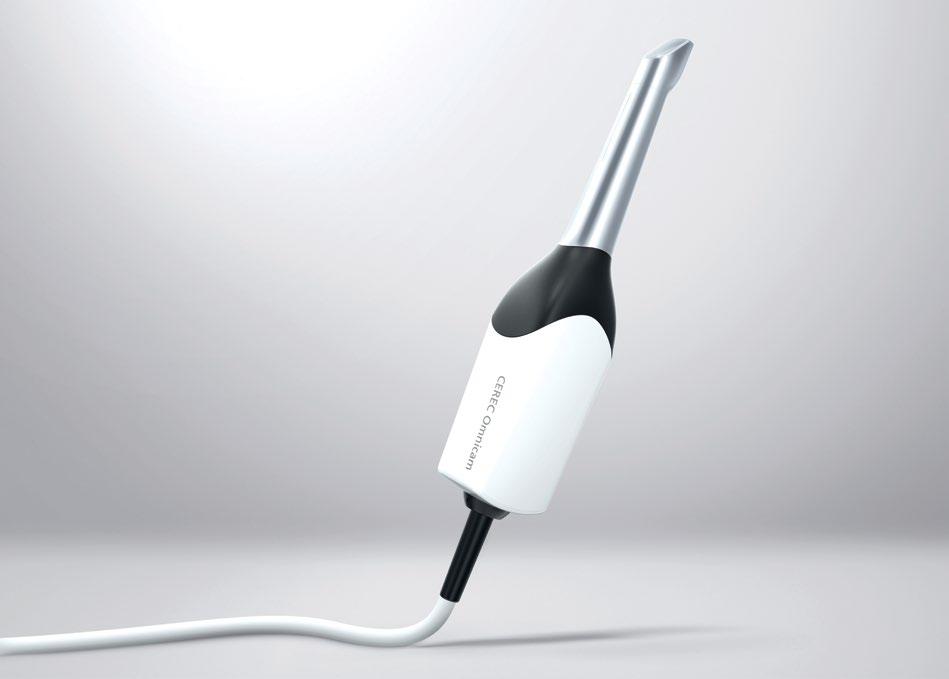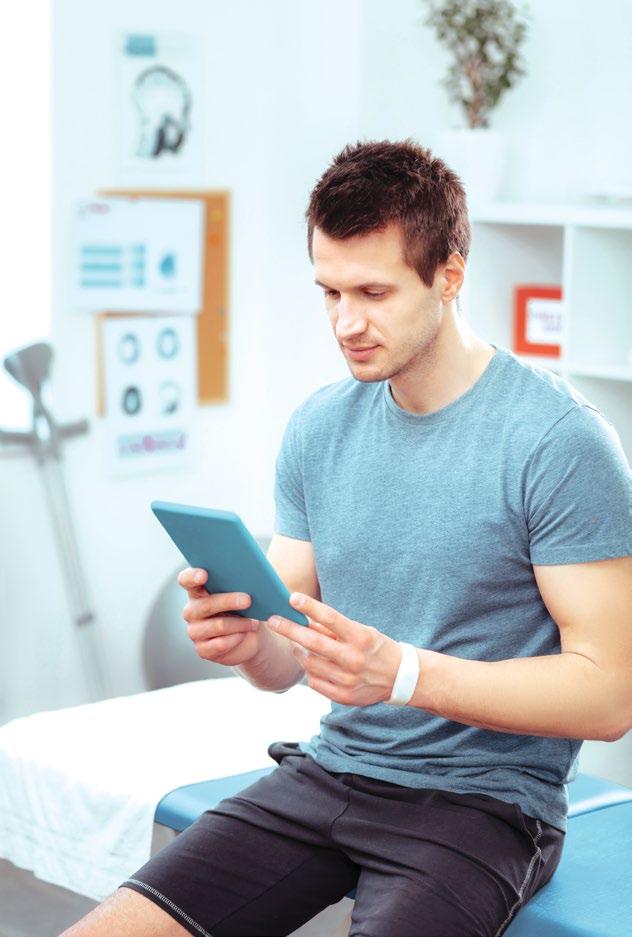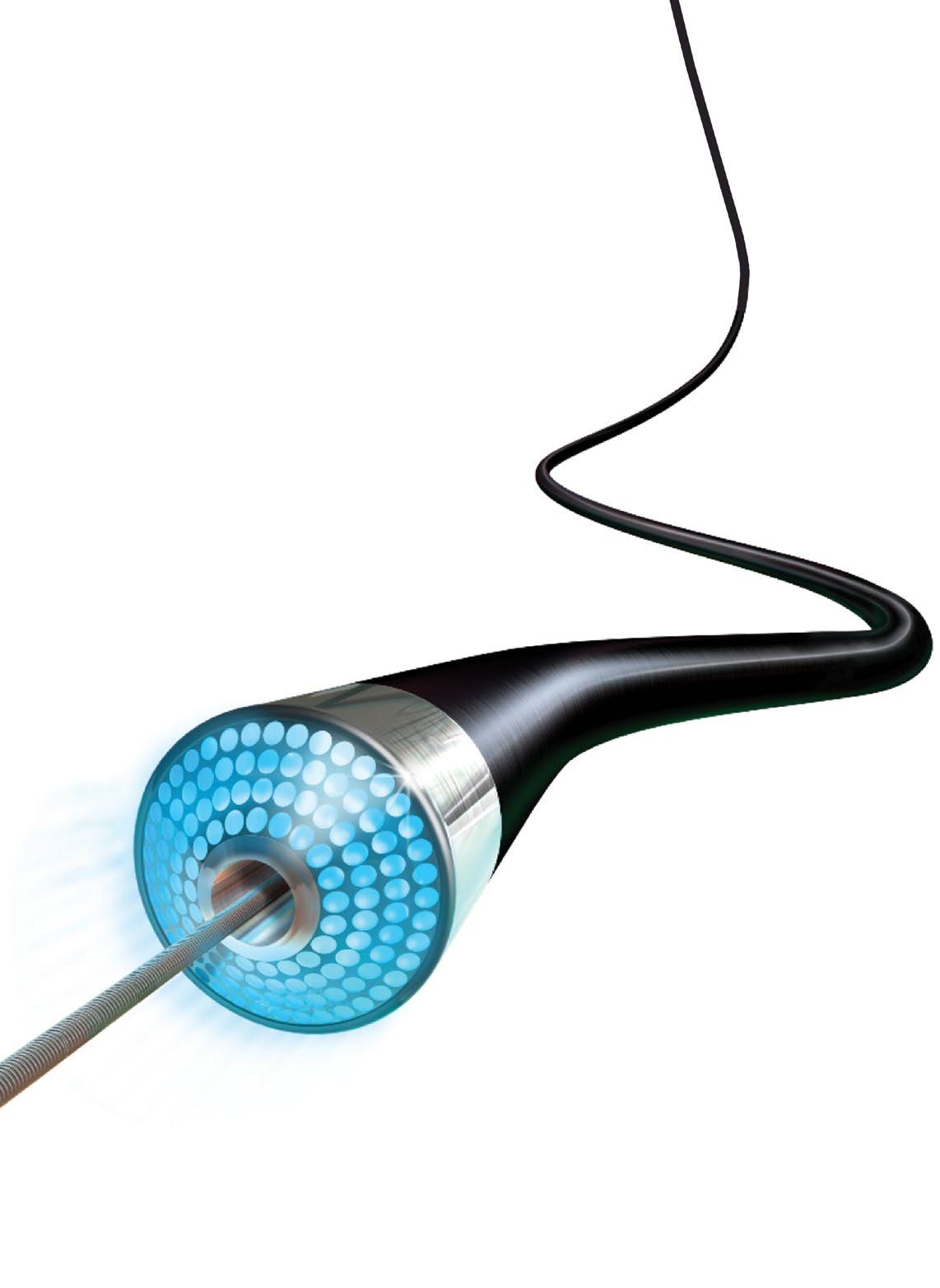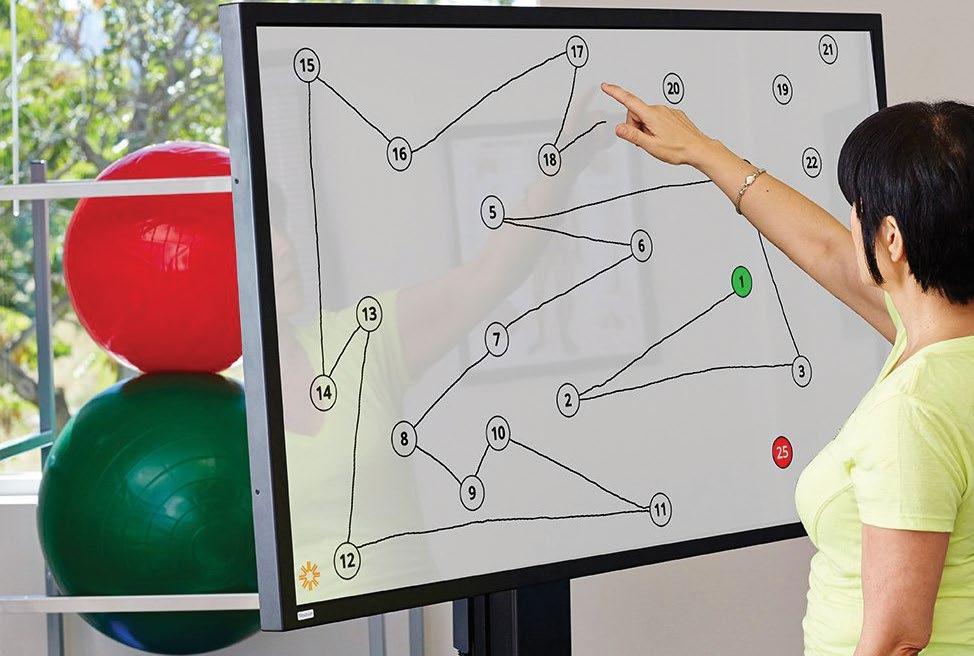
10 minute read
The Perks of Pet Ownership
Adopt, Don’t Shop
Shelter pets are often misunderstood. “People tend to think that animals are at the shelter because they’re ‘bad,’” says Dr. Woods. “In reality, that’s just not the case.” Whether they were left at the shelter because their fur caused an allergy or because they didn’t get along with other pets, they all deserve a second chance to be loved.
The Perks of Pet Ownership

Be it a dog, cat, fish, or bird, having a pet can help seniors feel less lonely and more engaged. Since loneliness affects both emotional and physical health, caring for an animal that depends on you can make life more enjoyable and even help you feel less pain. Here’s what you should know if you’re in the market for a furry (or scaly!) friend. BY ANN PIERCE
Benefits of Pet Ownership for Older Adults
For seniors able to take care of a pet, having one can bring a wealth of both emotional and physical benefits. To start, pets can help reduce feelings of loneliness, which is a real factor in worsening health for older adults. Senior isolation can also be a risk factor for stroke, obesity, and even cognitive decline. Fortunately, having a pet can turn that around speedily. “Pets can reduce stress, lower blood pressure, and give a sense of comfort to someone,” explains Dr. Micah H. Woods, veterinarian and owner of Ooltewah Veterinary Hospital. “Most importantly, pets can increase physical activity, which leads to better health.”
A recent study sponsored by AARP found that pet ownership helped seniors enjoy life (88%), feel loved (86%), and reduce stress (79%). Having a pet also helps older adults feel significantly less pain despite living with chronic illnesses, and you can even get a pump of the good-feeling hormone oxytocin in the brain by looking in the eyes of a dog for five minutes! “Pets live for today, which means they take every day as brand new and fresh,” says Dr. Woods. “This rubs off on older adults and can distract them from lingering ailments, disabilities, and sadness.”
If that’s not enough to send you to the humane society for a rescue, don’t forget that caring for a pet also provides a sense of purpose. This can be very beneficial for seniors after retirement or for those dealing with the loss of a loved one. “If someone passes away, a pet can be a living memory,” says Dr. Woods. “It can provide its owner hope and love and remind them of all the good things during their time of loss.” The process of feeding, walking or playing with, and grooming an animal can provide a much-needed sense of responsibility and routine and stave off depression.
A pet will tend to make you more sociable too, as you share cute photos of your bird or venture outside and walk your dog. “Dog parks are another great way for humans and pets alike to socialize and get out of the house,” says Dr. Woods. Animals tend to encourage you to connect with others, which can lower your risk of developing heart disease or having a stroke. That’s a lot of positive effects for a little being.
What to Consider Before Getting a Pet You can see that having a pet is a good thing, but take into consideration some key questions. Have you had a pet before? Do you understand
What About Service Dogs?
Another possibility is a service dog, a boon to seniors with disabilities. Service dogs stay with you always and are trained to open and close doors, help prevent falls, retrieve dropped items, or even retrieve walkers or wheelchairs. They can help you get dressed, alert 911 or run to get help in emergencies, and retrieve emergency medication. There are also service dogs with specific skills for either hearing or vision impairments.
the needs of a dog versus a cat or bird? If you have mobility issues, a cat, bird, or fish is likely a better option, since they don’t have to be walked. Choosing an animal with similar activity levels is often the best plan.
If you’re still active, a well-trained, healthy adult dog might make the most sense. “A common misconception with dogs is that they’re considered adults when they’re 1-2 years old,” says Dr. Woods. “Those dogs are actually still in their adolescence and will need almost as much training as a 6-week-old puppy. Senior dogs make great pets for older adults because they tend to be more relaxed, and they’re potty-trained!”
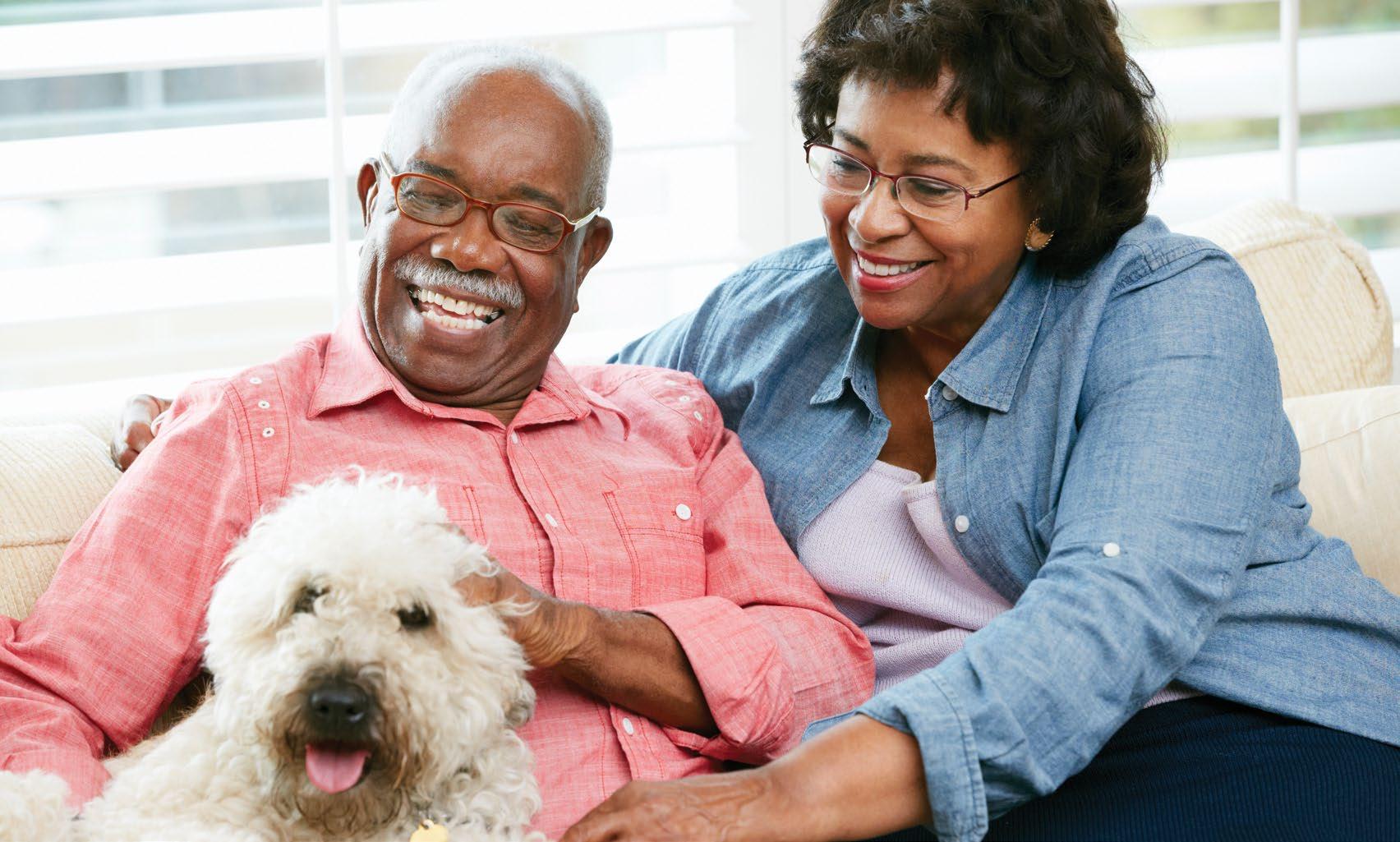
Schedule a Tour!

Morning Pointe is Your Care Partner
morningpointe.com (877) 776-4683 Locations in Athens, Calhoun, Chattanooga, Collegedale, East Hamilton and Hixson • The Region’s Choice •
DR. MICAH H. WOODS
VETERINARIAN & OWNER, OOLTEWAH VETERINARY HOSPITAL
If you are still able to get around fairly well but a little hesitant to consider all the responsibilities of a pet, you might find a family member or friend who would consider being a co-caretaker. They could handle some of the harder aspects of pet ownership, like cleaning a litter box or cage, and give you more social interactions at the same time.
There are also financial concerns you need to be mindful of, such as vet fees, grooming, and food or medicines. Rover.com estimates some dog owners spend as much as $153 a month, or $1,836 each year, to care for a dog (though many households spend much less). The American Society for the Prevention of Cruelty to Animals reports that cats typically run about $670 for a year, small birds cost around $200, and a fish only $35 annually after purchasing the aquarium.
And, if you decide a pet is right for you, be sure to get any potential friend checked by a veterinarian first. The goal is to find a good companion for you that you can easily care for. Your well-being is the primary goal.
There are many questions to be answered about what kind of pet, what level of activity you can handle, how much you are comfortable doing, and what appeals to you on an elemental level. No pet is perfect for everyone, and your honest appraisal of your abilities will help you figure it out. But making a new friend, whether it sports fur, fins, or feathers, can bring a new source of joy to the next stage of your life. HS
A MEAL PLAN IN YOUR POCKET By Amberhope Velbis, BSCCWM, CPT, FNS & Marlene Geren, RN, BSN Bwell4ever, LLC
Startled awake by the sound of your alarm clock, you realize you’re late for work!
You fly out of bed, rush to get ready, grab your keys and run out the door. You make an emergency fast food stop and eat your breakfast bashfully behind the wheel as you race traffic. By lunchtime your stomach growls ferociously. You make another emergency pit stop and dash back to work. After you brave the rush hour traffic home, you open the door and collapse on the couch. Too exhausted to cook, you resort to ordering delivery. How often have you had a day like this? Now imagine a different scenario. You grab your pre-made breakfast from the fridge and eat it while getting ready. On your way out to work, you place your pre-made lunch in your lunch box and enjoy it at work. When you come home, you open the door to an intoxicating aroma. Your slow cooker has been cooking for you all day long. Time to eat and relax!
Many people dream of a day like this. So, how do you do it? Research has shown that meal planning can improve nutritional quality, decrease stress, lower disease risk and improve weight management. Still, most people don’t know how to begin. Thankfully, technology has given us many digital health solutions. Digital meal-planning apps have proven to be useful, effective health tools.

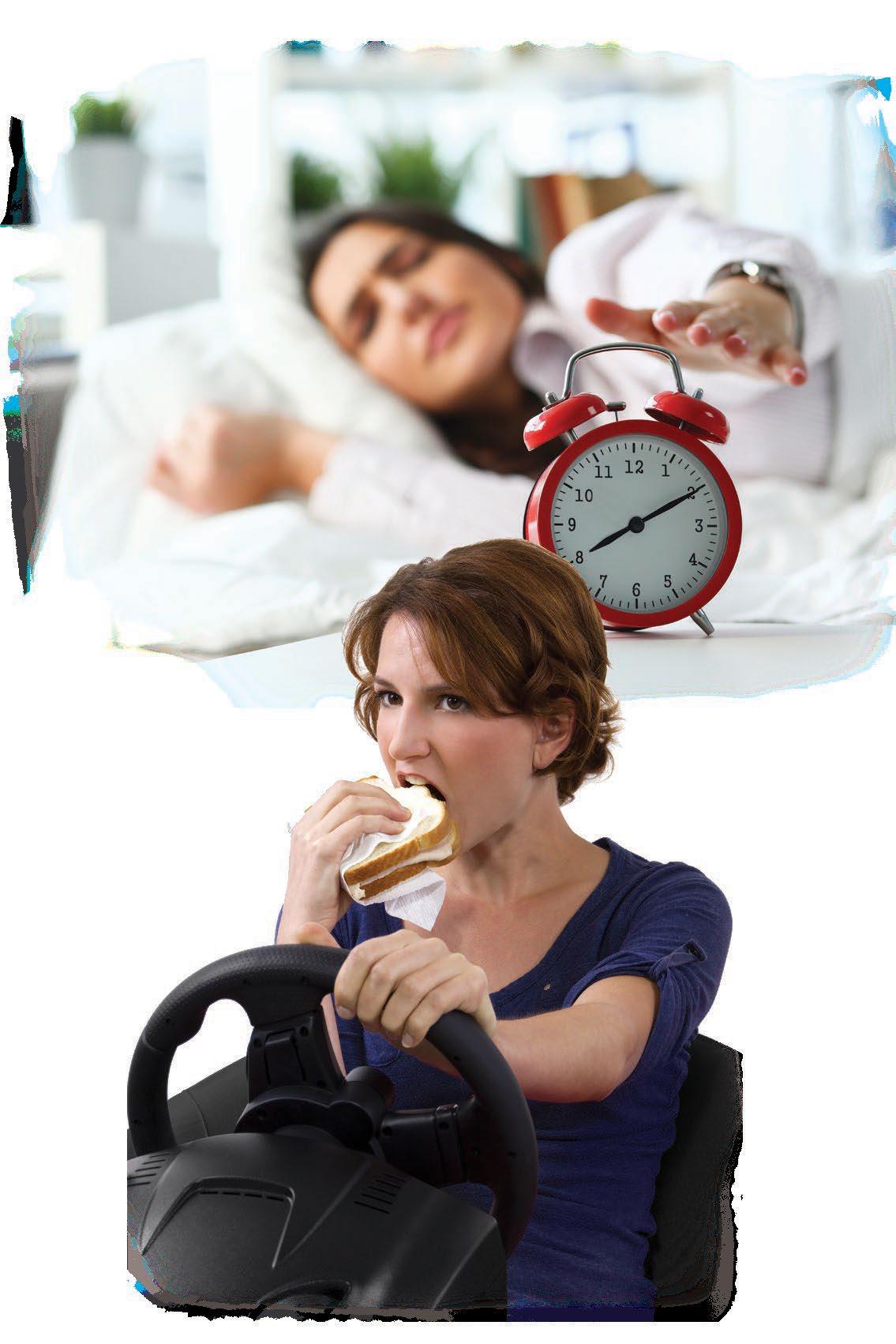
...or...
Here are five proven ways that mealplanning apps can be valuable to your health:
(1) Stress Less One of the most stressful things in this busy life is the additional burden of figuring out how and what to feed your family. Meal-planning apps build personalized meal plans for you and your family, customized by diet preferences, allergies, serving sizes, available cooking time, skill level and even the equipment available in your kitchen. Letting a meal-planning app do the heavy work can alleviate the extra stress, keep things simple and ease up the day with less cooking and the reward of delicious, prepared meals!
(2) Rush Less The U.S. Department of Agriculture reports that without meal planning, Americans spend an average of at least 62 minutes a day preparing meals and 45 minutes of grocery shopping each week. Much of the time spent on homemade meals is actually not in the cooking itself; it’s in making the menu, a grocery list and shopping. Meal-planning apps can save a lot of time by analyzing your customized preferences to create a menu and a subsequently concise grocery list. This list can be printed or synced with an online grocery pickup or delivery vendor such as Wal-Mart, Instacart®, or Amazon Fresh. Your groceries can then be picked up at the store or delivered straight to your home. This could result in adding precious hours back into your week.
(3) Spend Less On average, Americans spend half of their food budget on restaurants. The U.S. Bureau of Labor and Statistics reports Americans spend an average of $3,365 per year on restaurant food alone. With meal planning, you won’t need to frequent restaurants, and you only buy what you need. This can prevent overspending, for example, on excess groceries that might spoil before they can be consumed. You can also use mealplanning apps to plan recipes around what is already in your kitchen, such as leftover chopped vegetables or dried and canned goods.
(4) Waste Less The U.S. Food and Drug Administration estimates that around 40% of all food in America is wasted and the average family throws away $2,200 worth of food every single year. Wouldn’t you like to have that money in your pocket rather than in the trash? Meal-planning apps call for just enough groceries for your menu’s portioned serving sizes, ensuring that little to no food gets wasted.
(5) Weigh Less Knowledge is power. When dining out, one may never know exactly what is in the food. Restaurants often add large amounts of sugar, salt, fats and chemicals to make the food hyper-palatable. One takeout meal may contain over 1,000 calories, including a slew of unknown added ingredients. Meal planning gives you control of the nutritional quality in your diet, which can assist in lowered disease risk and healthy weight management. Having planned, pre-prepared meals can also reduce urges to overeat or make unhealthier choices. Some meal-planning apps also provide nutritional data for food items and recipes to assess the quality and quantity of the food.

Consider experimenting with highly rated meal-planning apps such as MealLime, Cozi, BigOven, Paprika and Yummly on your personal device.
Life Care Centers of America Additionally, consult with a physician and/or accredited nutrition professional to ensure you are getting proper nutrition. Overall, meal-planning apps can be used as a daily tool for busy individuals, to lighten the load of particularly busy weeks or simply as a temporary jumpstart in the right direction to a healthier lifestyle. With this functional technology, you can always have a meal plan in your pocket!

THE HAMILTON COUNTY BUSINESS DEVELOPMENT CENTER @
STAY WELL Annual Tech for Your Health Section

A powerful force for good, technology enhances human abilities and fosters creative problem solving. From rechargeable hearing aids to cognitive function tests, laser treatments, and more, here’s how area providers are using the most up-to-date technology to provide their patients with superior care.





